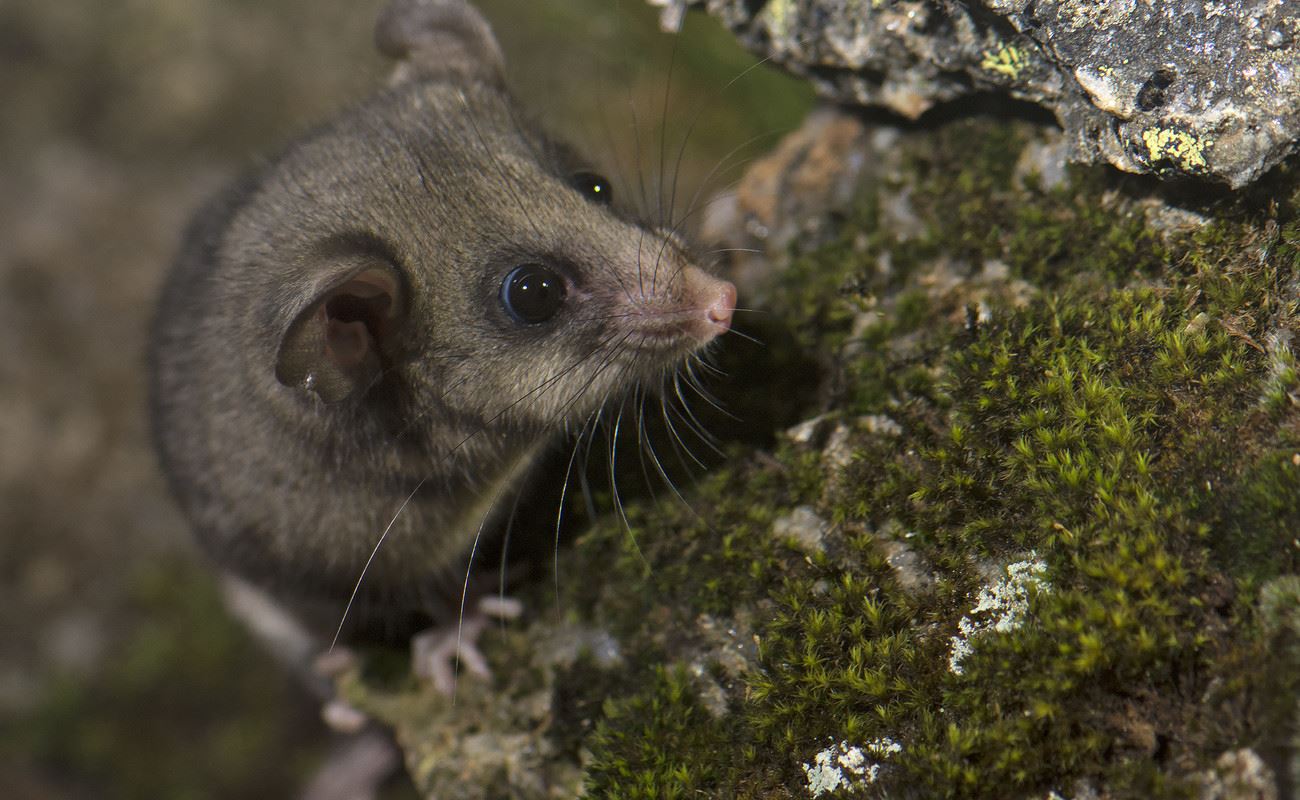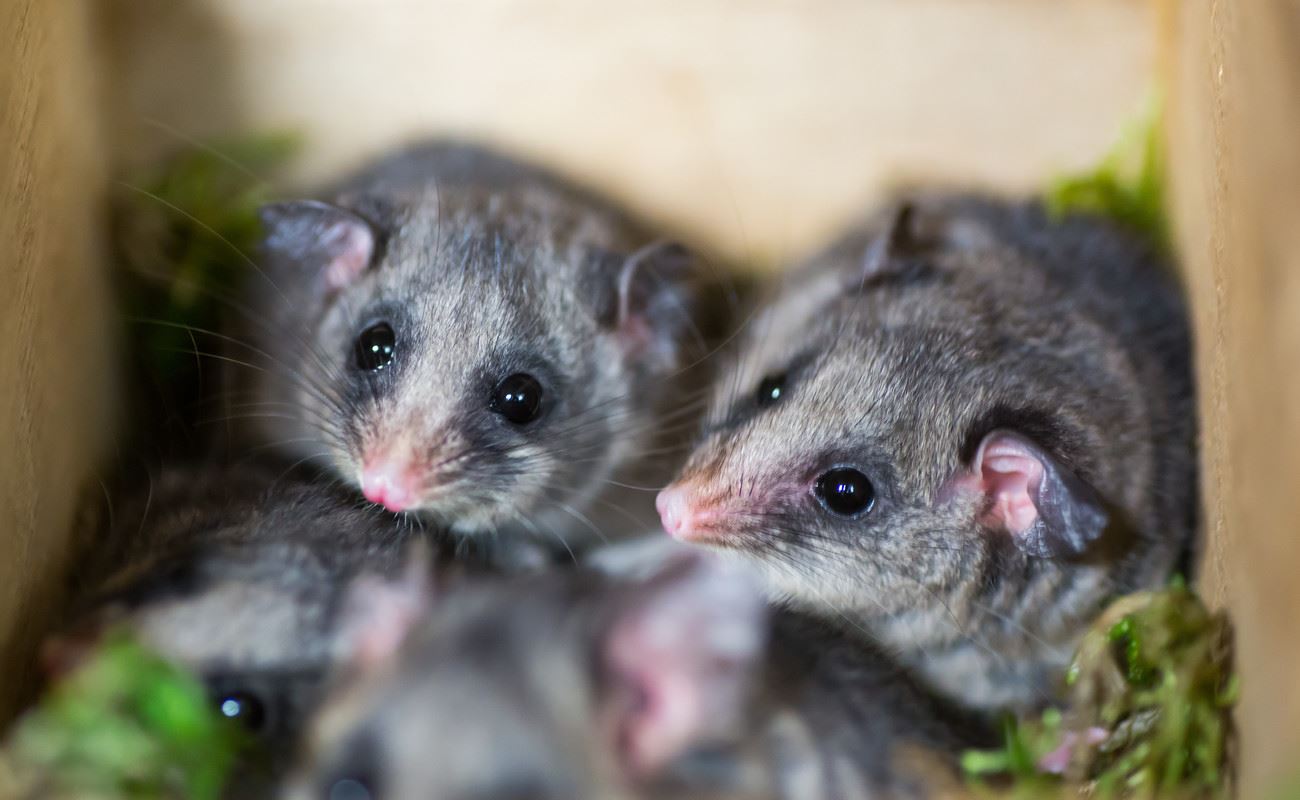Australians asked to track moths to help save a species
Zoos Victoria today (Monday 16 September) launches Moth Tracker, the latest device being employed to help brighten the future of the adorable, but critically endangered, Mountain Pygmy-Possum.

The easy-to-use platform allows everyday Australians to photograph and log any potential sightings of migrating Bogong Moths, which are the possums’ main food source this spring.
This year’s migration of Bogong Moths to the possums’ alpine home is crucial after hardly any moths appeared during the past two years, dramatically affecting breeding among the last remaining 2000 possums.
Bogong Moths have migrated from their winter breeding grounds throughout Queensland, New South Wales and western Victoria, to the Victorian and NSW alpine region where the Mountain Pygmy-possums live, for more than 7,000 years - a known ecological phenomenon. However, in the spring of 2017 and 2018, moth numbers crashed from around 4.4 billion in alpine areas to an almost undetectable number of individuals.
Not much is known about why the moths are not making it to their summer alpine destination. However, in addition to issues with drought and agriculture, it is thought that as moths use both the Earth’s magnetic field and visual cues on the horizon to navigate their way, light pollution from urban centres can ‘trap’ the moths and hinder them by diverting them towards the light sources rather than enabling them to continue their journey to the Alpine regions where the possums reside.
Some of the greatest beacons are Parliament House and Canberra’s bright surrounds. Both parliamentarians and the general public are being asked to turn unnecessary outdoor lights off, from September 1 to October 31, as part of the Lights Off for Moths campaign.
“Moth Tracker is a simple and practical way for everyday Australians to join in this fight to save these tiny, adorable and very precious Mountain Pygmy-possums. The easy-to-use platform will provide scientists with real-time data that will be contributing to saving a species.”
Anyone who sees a Bogong Moth is being asked to take a photograph and log the location, day and time with Moth Tracker. Scientists will use the data to determine whether any moths are making their way to the precious, and very hungry, possums that are just starting to wake from their winter hibernation.
Zoos Victoria Wildlife Conservation & Science Director, Dr Sally Sherwen, said Moth Tracker data would be used to bridge existing knowledge gaps around Bogong Moth numbers and migration. It will also give the Mountain Pygmy-possum Recovery Team early warning of the success or failure of the 2019 moth migration.
“Moth Tracker is a simple and practical way for everyday Australians to join in this fight to save these tiny, adorable and very precious Mountain Pygmy-possums,” Dr Sherwen said. “The easy-to-use platform will provide scientists with real-time data that will be contributing to saving a species.”

Moth Tracker, which can be accessed through any laptop or smartphone, has been adapted from the popular Southern Right Whale watching platform in collaboration with Federation University and SWIFFT (State Wide Integrated Flora and Fauna Teams).
"We’re relying on the public’s action to help us support the Bogong Moth’s migration by, firstly, turning off unnecessary outside lights and to then log any sightings of migrating moths on Moth Tracker to accurately ascertain their numbers and flight paths,” Dr Sherwen said. “Together, we can potentially avert a crisis for the Mountain Pygmy-possum.”
The Mountain Pygmy-possum Recovery Team, together with supporting organisations, is also working on implementing interventions in the wild. These may include supplementary feeding, improving habitat connectivity and captive measures to support populations through the breeding season.
The Victorian Mountain Pygmy-possum Recovery Team is a voluntary collaboration of conservation organisations. Partners in implementation include The Department of Environment, Land, Water and Planning, Parks Victoria, Saving our Species program – NSW Department of Planning Industry and the Environment, Mt Hotham Alpine Resort Management Board, Mt Buller Alpine Resort Management Board, Falls Creek Alpine Resort Management Board, The University of Melbourne, La Trobe University, Ecology Links, CESAR, Goulburn Broken CMA, North East CMA and Zoos Victoria. All are working together to save this precious native marsupial from extinction. For more information on the Recovery team, contact Jerry Alexander, Convenor, Jerry.Alexander@delwp.vic.gov.au.
